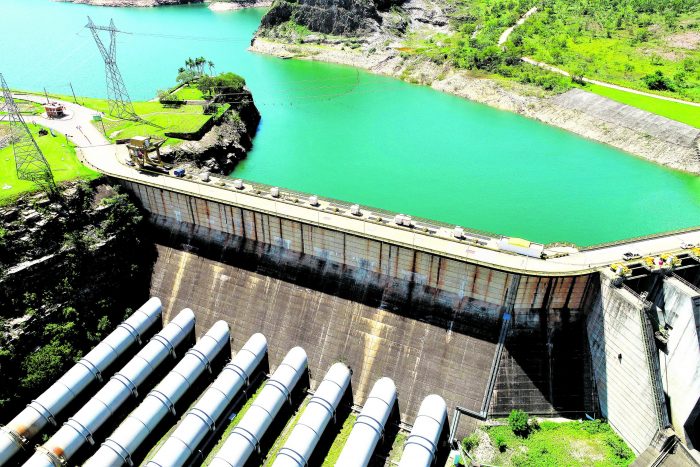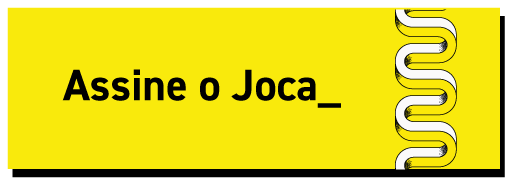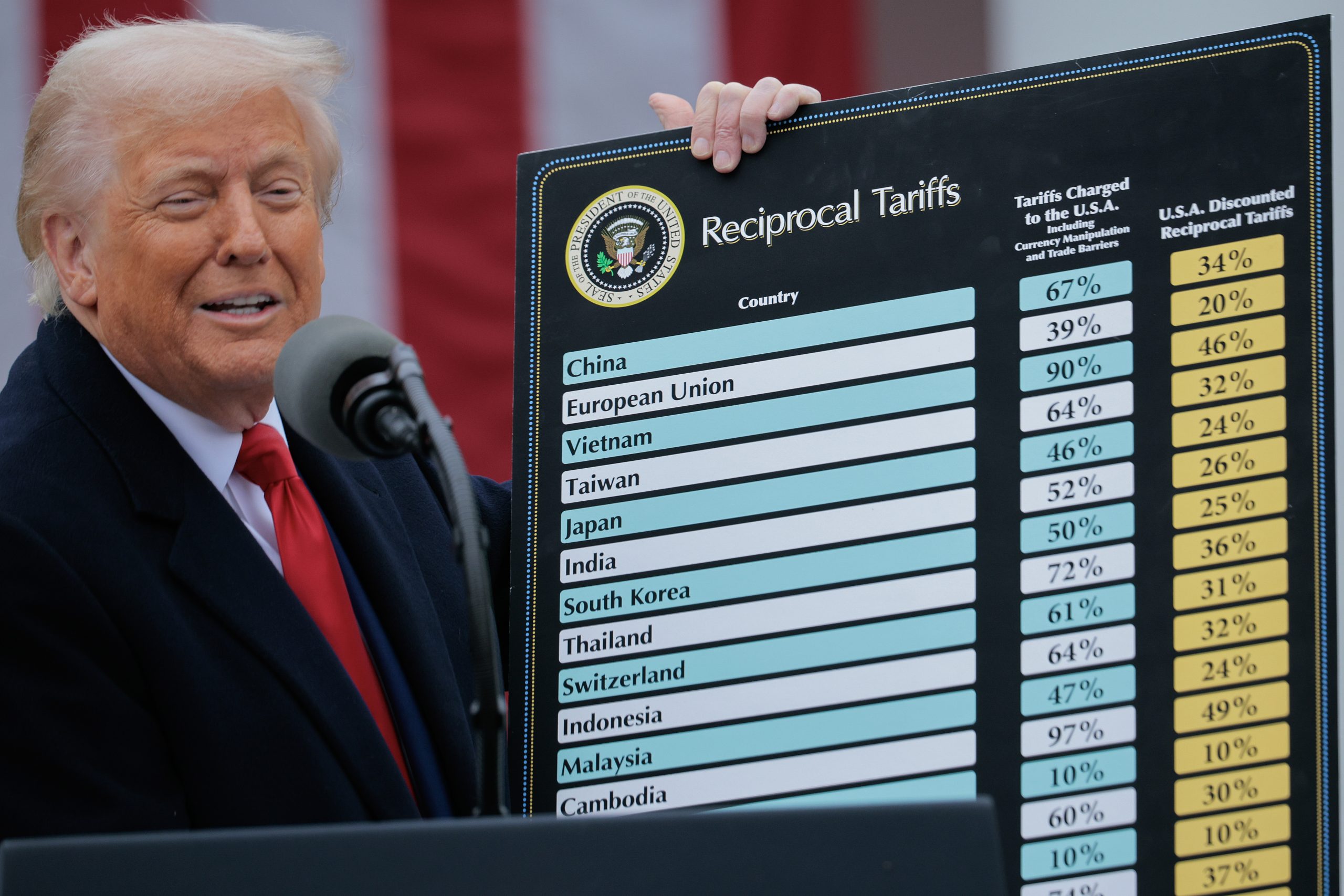+Joca
12 de abril de 2022
Reservoirs in Southeast and Midwest Reach Highest Levels Since 2012 – Level 3
Article published in Joca 185

On March 11th, the Brazilian National Electric System Operator (ONS) announced that the hydroelectric power plant reservoirs’ storage level in the southeast and midwest had reached 62.7%, the highest mark for the month since 2012. Reservoirs in these regions are thought to be the country’s “water tanks” as they generate more than half of the energy for all of Brazil.
Reservoirs in the northeast and north are close to their maximum levels: 92.6% and 98.8%, respectively. Such high marks have not been recorded since 2007 and 2012. The above-average rainfall between October 2021 and the beginning of 2022 has been pointed out as the main reason for these increases.
Additionally, according to the ONS projection for this year, hydroelectric power plant reservoirs in the southeast and midwest should reach 53% of their storage capacity in August, the highest level since 2013, when the volume was 55.15%.
To arrive at these figures, the agency analyzed a forecast for the period from March to August 2022, based on the rain recorded in 2009 and 2018. The dry season will start in May, and it will rain less until October or November. Even after considering a scenario with less rainfall, storage should be at 53% in August, or “32.3 percentage points above the level on the same date in 2021, which brings greater comfort and reduces operation costs”, said the agency in an official statement.
Crisis
In 2021, hydroelectric power plant storage reached its lowest level in 90 years, which led to an energy crisis in Brazil. The situation increased the operation of thermoelectric power plants, the most expensive and polluting form of energy generation.
This raised the price of energy bills. Higher rates are still applicable, but the increase in reservoirs’ levels and the decrease in operating costs may help reduce energy bills this year.
Low Levels in the South
Reservoirs in the south still showed low storage levels in March, with 35.7% volume. For this reason, according to ONS, thermal power plants are still in use – although 40% less than in 2021. The organization stated that energy is still imported from Argentina and Uruguay to ensure supply in the region.
Glossary
Hydroelectric power plants: generate energy using power from water, which drives turbines.
Thermoelectric power plants: generate energy by burning fuels, such as coal and natural gas.
Sources: Broadcast, CNN Brasil, G1, and ONS
Ixi! Você bateu no paywall!
Ainda não é assinante? Assine agora e tenha acesso ilimitado ao conteúdo do Joca.












Você precisa fazer o login para publicar um comentário.